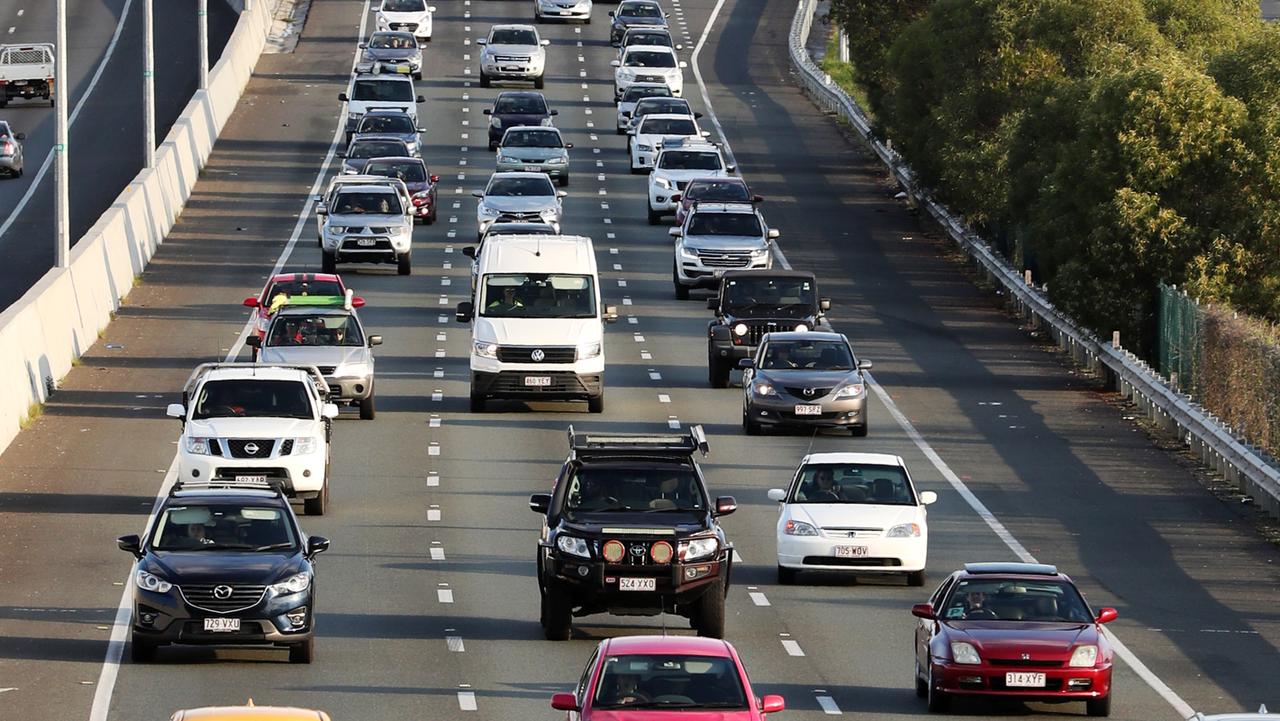Hydropower: where opportunity for energy storage flows
Host of Coffs Harbour's Changing Climates series, Dr Sarah Perkins-Kirkpatrick, explains how pumped hydropower could be the key to an Australia fully powered by renewables.

Hyperlocal
Don't miss out on the headlines from Hyperlocal. Followed categories will be added to My News.
As news of National Water Week trickles across the country this October, it's time to take a deep dive into how this valuable resource can help us combat climate change.
The power of water can be harnessed to support our renewable energy revolution, and has done so since the late 1800s.
Hydropower uses water stored behind a dam at high elevations to turn a turbine as it passes through to generate electricity.
It is one of the oldest forms of renewable energy sources, and currently produces around eight times more green electricity than solar worldwide.
Hydropower is a more environmentally friendly alternative to fossil fuels, which currently contribute almost 34 per cent of the country's total greenhouse gas emissions.
This can help mitigate the climate impacts felt across Australia.
For example, in Coffs Harbour, we now experience around 11 more spring days above 20C compared to the late 1990s.

Overflowing with opportunity:
Hydropower accounts for around six per cent of Australia's current electricity generation, making it our third largest source of renewable energy.
Hydroelectric energy is readily available and the amount of water flowing through the dam can be altered to meet energy demand.
This means that electricity can be generated when needed, maximising how efficiently we can use water to make energy.
Not only that, unlike fossil fuels, the cost of water remains relatively stable, making hydropower economical.
However, the true potential of hydropower lies in its ability to act as a battery.
This is known as pumped hydropower.
Pumped hydropower uses electricity when it is cheap to pump water from a lower reservoir to a higher one.
It is stored in the upper reservoir until demand peaks, and can then be released to generate electricity at the original, low price.
This benefits our wallets and ensures that we have water available to make power when we need it.
Pumped hydropower's ability to store energy works well with other renewables like solar and wind.
When wind and solar output is high, excess energy can be used to drive the pump, storing water for later use.
And when the sun sets or the wind calms, water can be re-released to maintain a clean, green electricity supply.
As our population grows and demand for clean, low emissions power increases, large scale energy storage will be more important than ever.
The Australian National University has identified approximately 3000 low-cost sites around the country that meet the requirements for new pumped hydropower dams.
An Australia powered by 100 per cent renewable electricity would only need around 20 of these sites to maintain energy supply to the population.
Some developers are even working on converting old mine pits into hydroelectric power stations such as the Kidston Gold Mine in Queensland – turning a scar in our landscape into a source of clean energy.
After serving as the backbone of Australia's power network for more than a century, hydropower is positioned to play an essential role in our net-zero emissions future.
While building your own backyard hydroelectric power plant is inadvisable, there are many steps you can take to make green contributions to the energy sector.
Investing in community renewables projects, supporting businesses that fund sustainable energy, or installing rooftop solar can all help create a positive ripple effect and protect us from the worst impacts of climate change.
Ultimately, hydropower's ability to store large amounts of energy, stabilise the grid, and bolster other renewables makes it an extremely valuable resource that's waiting for its potential to be unleashed.
Did you know?

Want more information on how your climate is changing? Check out the last article in this series.
Dr Sarah Perkins-Kirkpatrick is a climate scientist at the University of New South Wales.
This column is part of a collaboration between Monash University and News Corp to deliver hyperlocal weather and climate information.


